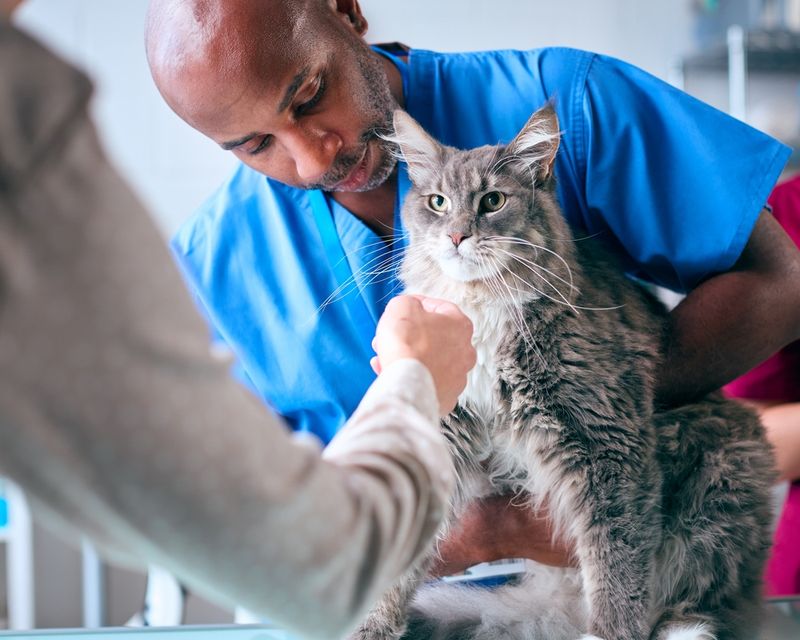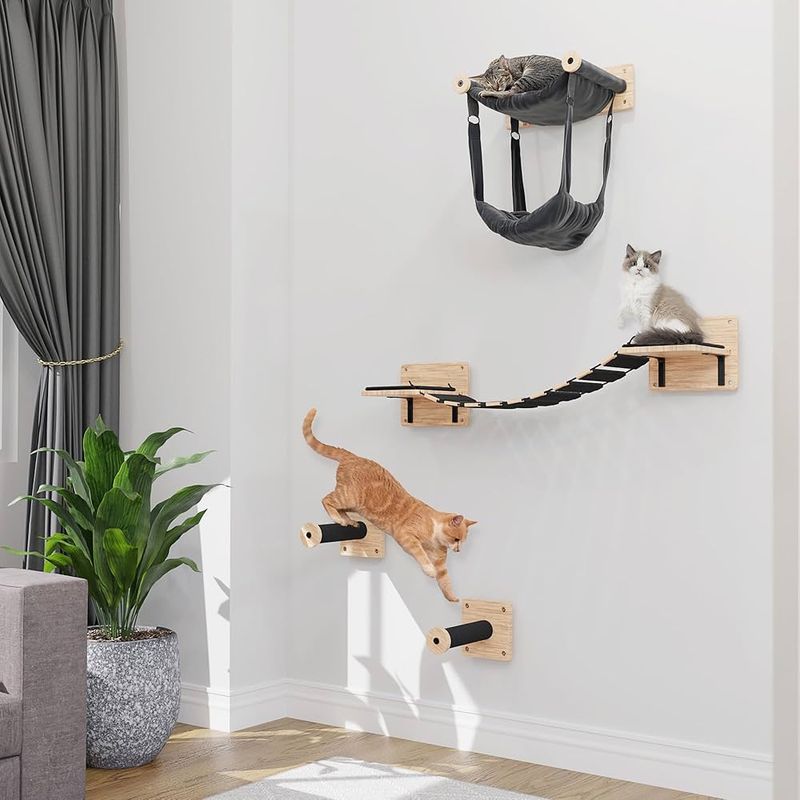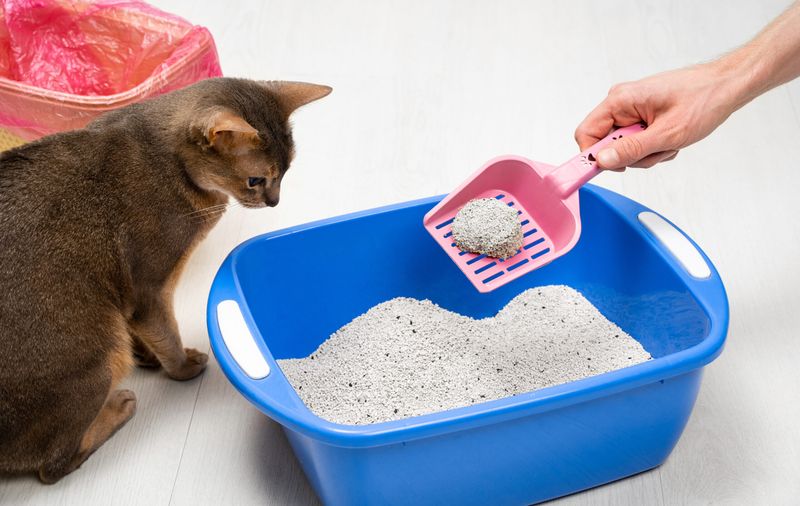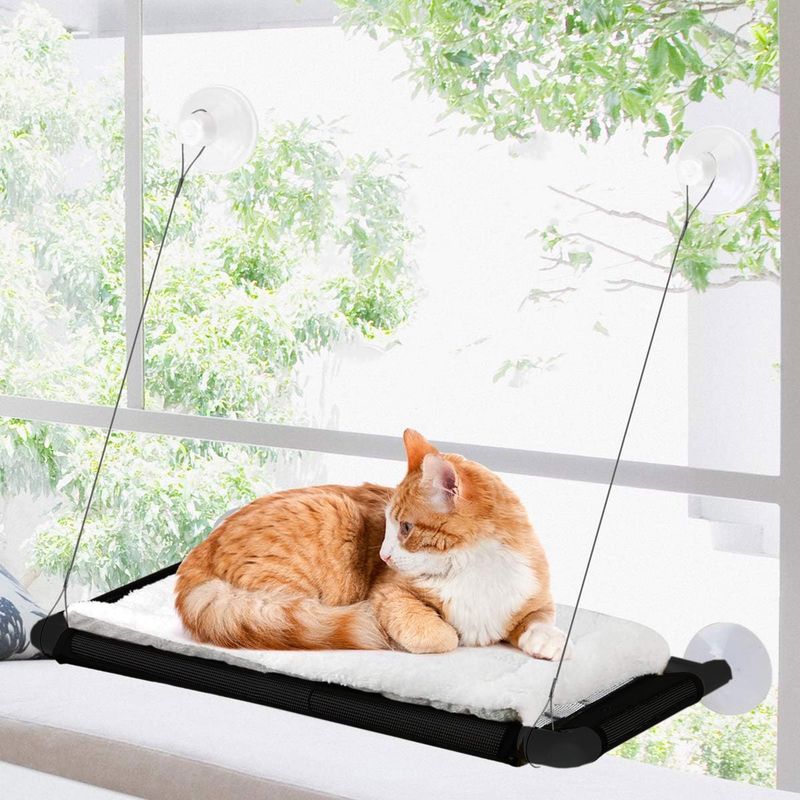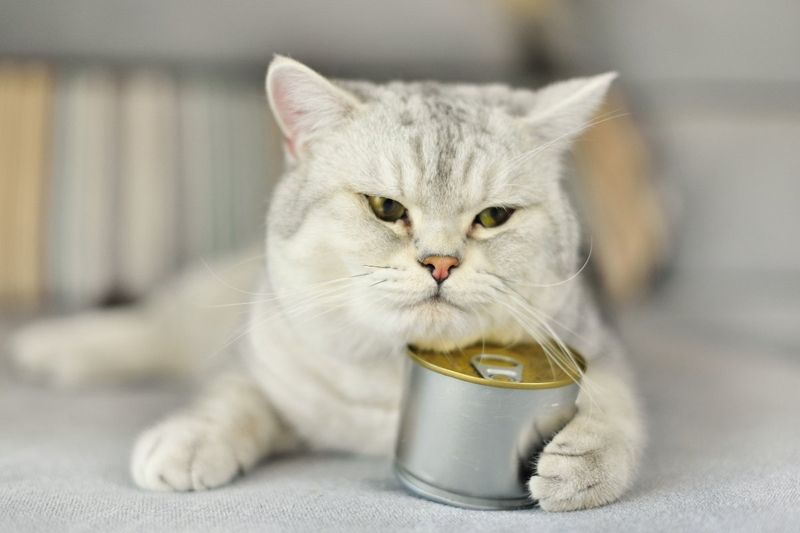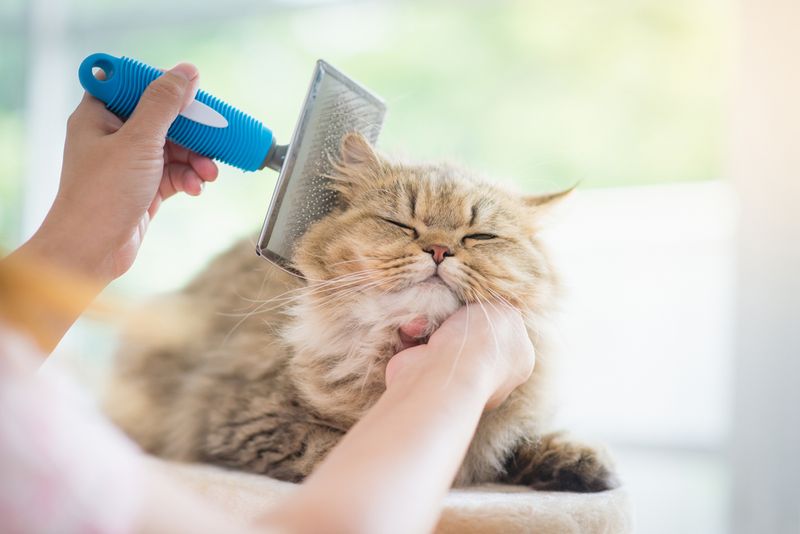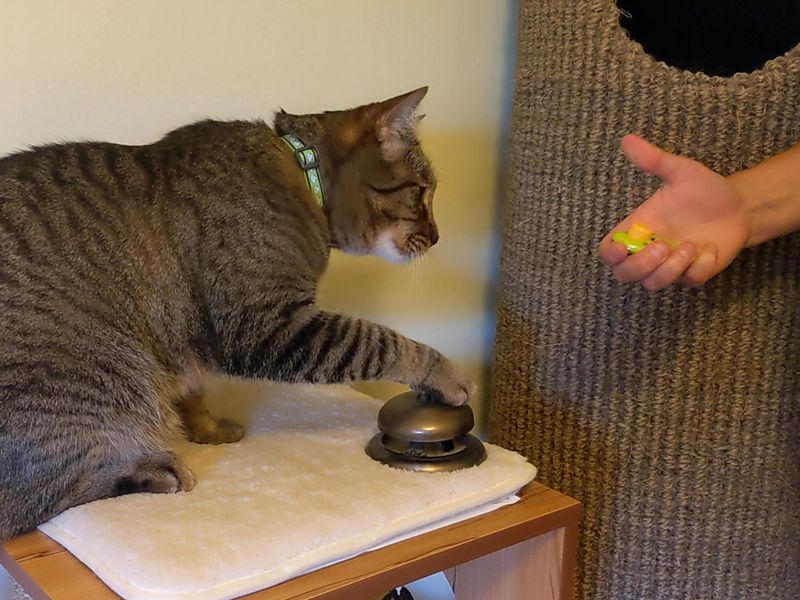📖 Table of Content:
- 1. Provide a Balanced Diet
- 2. Regular Vet Checkups
- 3. Create a Stimulating Environment
- 4. Maintain Litter Box Hygiene
- 5. Understand Feline Body Language
- 6. Engage in Regular Playtime
- 7. Offer Safe Outdoor Experiences
- 8. Provide Comfortable Sleeping Areas
- 9. Establish a Routine
- 10. Practice Gentle Grooming
- 11. Build Trust with Positive Reinforcement
- 12. Respect Their Space
- 13. Monitor Health with Technology
- 14. Encourage Socialization with Other Pets
Being a cat parent is a delightful journey filled with purrs, kneads, and whisker tickles. However, understanding your feline friend and providing the best care can enhance your bond and their well-being. Here are 14 insightful tips to help you become the ultimate cat parent.
1. Provide a Balanced Diet
A cat’s diet plays a crucial role in their overall health. Ensuring your feline has a balanced diet that includes both wet and dry food can prevent health issues. Wet food provides necessary moisture, while dry food helps maintain dental health. Consult with your vet to tailor a diet based on age, weight, and health condition. Consider introducing a mix of flavors to keep meals exciting. Remember to monitor portion sizes to prevent obesity. Investing in high-quality food ensures your cat receives essential nutrients. This approach keeps your furry friend happy and healthy.
2. Regular Vet Checkups
Regular vet checkups are vital for early detection of health problems. Scheduling annual visits helps track your cat’s health and catch issues before they become serious. Discuss vaccinations, flea control, and dental care with your veterinarian for comprehensive wellness. A thorough examination includes checking weight, teeth, and coat condition. These visits not only ensure your cat’s physical well-being but also provide peace of mind. Routine care strengthens your bond with your feline, as they learn to trust the process. Prioritize regular vet assessments to keep your pet in top shape.
3. Create a Stimulating Environment
Cats are natural explorers and hunters. Create a stimulating environment by providing toys, climbing structures, and interactive play opportunities. A cat tree or scratching post offers exercise and a place to sharpen claws. Rotate toys weekly to maintain interest, and introduce new challenges as your cat masters old ones. Window perches allow for bird-watching, a favorite feline pastime. These enrichments prevent boredom and promote mental stimulation. A well-rounded environment contributes to a cat’s happiness and reduces destructive behaviors. Your imaginative setup will be their playground and sanctuary.
4. Maintain Litter Box Hygiene
Cleanliness is critical when it comes to your cat’s litter box. Scoop daily to remove waste and replace the litter weekly to keep odors at bay. Place the litter box in a quiet, accessible area, away from food and water dishes. Multiple cats may require additional boxes to prevent territorial disputes. Choose unscented litter to accommodate sensitive noses. Maintaining a clean litter box encourages regular use and prevents accidents. Your cat will appreciate a fresh, odor-free environment. Prioritize litter box hygiene to ensure a happy and healthy home.
5. Understand Feline Body Language
Cats communicate primarily through body language. Understanding these cues helps you respond appropriately to their needs and emotions. A high tail indicates happiness, while flattened ears suggest fear or aggression. Purring often signifies contentment, but can also mean distress. Observe your cat’s eyes; slow blinking is a sign of affection. By learning to read these signals, you can strengthen your bond and ensure their comfort. Recognizing when your cat seeks attention, play, or solitude fosters a trusting relationship. Decode your feline’s expressions to connect on a deeper level.
6. Engage in Regular Playtime
Playing with your cat is essential for their physical and mental well-being. Interactive games mimic hunting, providing exercise and mental stimulation. Use feather wands, laser pointers, or balls to engage their natural instincts. Regular play prevents obesity and reduces stress-related behaviors. Spend at least 15 minutes a day in active play to keep your cat engaged and happy. Vary activities to challenge their senses and prevent boredom. Playtime strengthens your bond and provides an outlet for your cat’s energy. Make play a priority in your daily routine.
7. Offer Safe Outdoor Experiences
While indoor living is safest, some cats enjoy exploring the outdoors. Use a harness and leash to provide secure outdoor adventures. Begin by introducing the harness indoors, allowing your cat to adjust before venturing outside. Choose a safe, enclosed area like a garden for exploration. This controlled environment stimulates their senses and offers a taste of nature without the risks. Ensure your cat is up-to-date with vaccinations and flea prevention. These adventures enrich their life and satisfy curiosity. Offer your cat the world, one step at a time.
8. Provide Comfortable Sleeping Areas
Cats spend a significant portion of their day sleeping, so comfortable resting spots are essential. Provide a variety of beds, blankets, and cushions in warm, quiet areas. Cats love basking in the sun, so place beds near windows. Elevated spots offer a sense of security and a vantage point to observe their surroundings. Regularly clean bedding to maintain hygiene. A cozy sleeping area promotes restful sleep and contentment. Offering these comforts shows your affection and understanding of their needs. Your cat will relish their personalized relaxation zones.
9. Establish a Routine
Cats thrive on routine, as it provides stability and reduces anxiety. Establish set times for feeding, play, and grooming. A predictable schedule helps your cat know what to expect, creating a sense of security. Consistency in daily activities supports their physical and mental health. When changes are unavoidable, introduce them gradually to minimize stress. Your commitment to a routine demonstrates care and consideration for their well-being. By maintaining consistency, you create a harmonious environment that caters to your cat’s natural instincts. Routine is the backbone of happy feline life.
10. Practice Gentle Grooming
Regular grooming is crucial for your cat’s health and comfort. Brushing helps remove loose fur, preventing matting and hairballs. Use a soft brush suited for your cat’s coat type. This activity strengthens your bond and allows you to check for parasites or skin issues. Begin grooming sessions when your cat is calm and relaxed. Speaking softly and offering treats can make the experience enjoyable. Regular grooming maintains a clean and healthy coat, reducing shedding around your home. Make grooming a gentle and positive experience for both you and your cat.
11. Build Trust with Positive Reinforcement
Positive reinforcement fosters trust and encourages good behavior in cats. Reward desired actions with treats, praise, or affection. This method strengthens the bond and motivates your cat to repeat positive behaviors. Avoid punishments, as they can damage trust and cause fear. Use clicker training for more structured guidance, associating the sound with rewards. Consistency is key; reinforce good behavior immediately. This approach promotes a harmonious relationship and a well-adjusted pet. By focusing on positive reinforcement, you nurture a trusting and cooperative partnership with your feline friend.
12. Respect Their Space
Cats value their personal space and independence. Allow them to retreat to quiet spots when desired. Respecting these boundaries shows understanding and care for their comfort. Avoid forcing interaction; let your cat approach you when they’re ready. Create secluded areas with cozy beds or blankets for solitude. Patience and respect build trust and strengthen your relationship. This balance of affection and independence ensures a happy companion. Embrace your cat’s need for space as an essential part of their personality. Their peace and joy hinge on your respect.
13. Monitor Health with Technology
Technology offers innovative ways to monitor your cat’s health and activity. Smart collars and pet cameras track movement, eating patterns, and sleep. These gadgets provide insights into your cat’s well-being, alerting you to changes in behavior. Apps can remind you of vet appointments and track vaccination schedules. Technology empowers you to take proactive measures in health management. Regular monitoring ensures timely interventions, preventing potential issues. This modern approach acknowledges your dedication to their care. Harness technology to enhance your understanding and support of your feline’s health needs.
14. Encourage Socialization with Other Pets
Socialization enriches your cat’s life and reduces anxiety around other animals. Introduce new pets gradually, using scent-swapping and controlled meetings. Observe interactions to ensure comfort for all involved. Positive experiences with other animals foster adaptability and confidence. Socialization is particularly beneficial for multi-pet households, promoting harmony. Your guidance and supervision are crucial for a peaceful coexistence. This process strengthens your cat’s social skills, enriching their daily life. Embrace the joy of interspecies friendships by supporting positive and safe socialization. Your efforts create a loving and diverse home.


